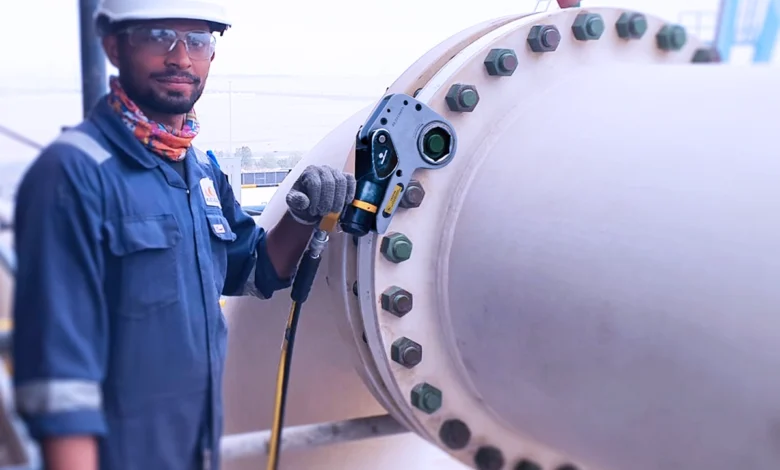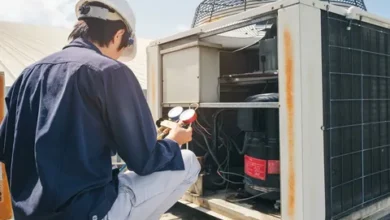Every Thing You Need To Know About Electric Torque Wrenches

One of the most notable features of an electric torque wrench—also called an adjustable torque electric wrench—is the ability to set and vary the torque. You may classify electric torque wrench rental as either battery-operated or plug-in. Both operate on the same premise; the only difference is how electricity is supplied.
Electric torque wrenches: what are they?
For fasteners like nuts and bolts, an electronic torque wrench allows you to put on precisely the right amount of torque. It uses electrical power to set and change torque and drive the motor.
The standard components of an electric torque wrench are:
- A grip.
- A power source.
- A transmission.
- A torque measurement and management module.
- An electronic readout.
Automotive repair, building, manufacturing, aerospace, and structural steel installation are common places to find electric torque wrenches in use. The fastener’s structural integrity is preserved, and the bolts are neither over- nor under-tightened thanks to its exact torque level setting capability. Its widespread use in various sectors is a direct result of this.
What Is the Function of an Electric Screwdriver?
There is a specific function for every component in the electronic torque wrench’s intricate operating principle. Here is a concise overview of how it operates:
Motor:
The electric torque wrench can transform electrical energy into mechanical action thanks to an internal electric motor. The square drive or low profile drive of the wrench is driven via the gearbox to tighten or loosen bolts when the engine is started, generating rotational force.
The Gearbox:
A gearbox employs a series of planetary gears to adjust the motor’s speed and torque.
Measurement of torque:
With the help of its built-in strain gauge, load cell, or other sensors, the electronic torque wrench is able to detect the resistance that is encountered while tightening the connection. It then transforms this resistance into torque and shows the result on the screen.
Method of control:
The wrench’s control unit is in charge of regulating the motor’s power output to get the desired torque.
System for feedback:
The user receives immediate input from the electronic torque wrench via either visual or audible cues. A visual and auditory alert will be activated if the torque being applied exceeds the specified torque value.
Thus, the electronic torque wrench accomplishes its tasks by integrating the components mentioned above.
The operator sets the required torque value using the control mechanism of an electronic torque wrench. To ensure that the wrench’s gearbox, which is made up of a series of planetary gears, receives sufficient torque, the control system modulates the motor’s output power.
The square drive or small profile drive receives torque, either increased or decreased, from the gearbox, which is used to tighten or remove nuts. The motor will stop turning, a message will be shown on the screen, and a beep will be heard when the torque level is met.
When Are Hydraulic Torque Wrenches Necessary?
Electric or pneumatic power is used to run the pump of hydraulic torque wrenches. Powerful torque may be applied to a big bolt head using these industrial-grade wrenches. A key component of electric and pneumatic wrenches is the power source itself. Hydraulic wrenches, on the other hand, have their power supply located at the pump, allowing the wrench to squeeze into somewhat narrower spaces. In situations when you want a compact and multipurpose instrument, hydraulic tensioning services are the ideal option.




